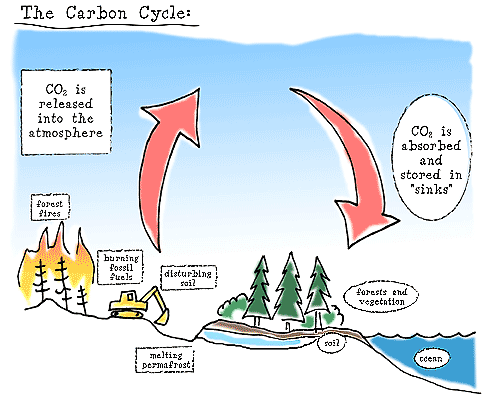
Jamaican Dry Forests
Dry Forests in Jamaica: Dry forests in Jamaica cover 15% of the land on the island, but are confined primarily to the coasts. The areas surrounding the dry forests provide the environmental conditions necessary for mangrove and herbaceous swamp growth- two critical components of the broader ecosystem. Of the plants in Jamaica, 28% of flowering plants are endemic and 14% of ferns are endemic. Specifically, 31% of the species in the Bromeliaceae and Orchidaceae families are endemic to Jamaica. Birds, bats, reptiles, and amphibians all have species endemic to Jamaica that depend upon these dry forests for survival. Unfortunately, deforestation, agriculture, and an increase in population have resulted in significant losses within this ecoregion (See Threats). In fact, the original dry forests of Jamaica have been nearly entirely replaced by artificial savannahs and agricultural regions.
Livelihood:
Nearly half of the world’s tropical and subtropical forests are comprised of dry forests, occupying large areas of Africa, Latin America and the Asia Pacific. These forests provide timber and various non-timber products, i.e. plants, honey, beeswax, insects, and wood for charcoal making, which in turn support the livelihoods and well-being of many of the world’s poorest people. Even those in the most poverty stricken areas have a chance to engage in enterprise activities using the forest's natural resources to earn a living. Dry forests therefore help to promote economic development and the facilitation of poverty alleviation.
Environment:
Dry forests play a fundamental role in sustaining diverse ecosystems by supporting water management, livestock provisioning, pollination, nutrient cycling, and soil improvement services. Together, these services provide the agricultural conditions necessary for millions of subsistence farmers to cultivate various crops. Dry forests also protect against soil erosion and mud slides should a storm occur.
Climate:
Given that these forests account for almost half of the world's tropical and subtropical forests, they have a major influence on climate and weather patterns. Dry forests act as carbon sinks- absorbing more carbon from the atmosphere than releasing- which helps to mitigate climate change (see image).
Food:
A dry forest is important in that it establishes food security for its inhabitants; those peoples living near dry forests are dependent upon the ecoregion for food sources and energy. People obtain wild fruits, vegetables, nuts, edible insects and bush meat from dry forests.
Fuel:
People depend on the trees from dry forests for wood- the primary source of household energy. Wood is used in the tropics and subtropics for cooking and boiling water.
Habitat for Rare Plants and Animals:
The dry forest is home to several unique species found exclusively in Jamaica (see Home Page). There may be plant properties yet to be discovered as a cure for disease.
Reference:
Centre for International Forestry Research [CIFOR] (2014). Tropical dry forests under threat and under-researched. Retrieved May 16, 2016, http://www.cifor.org/publications/pdf_files/factsheet/4875-factsheet.pdf
